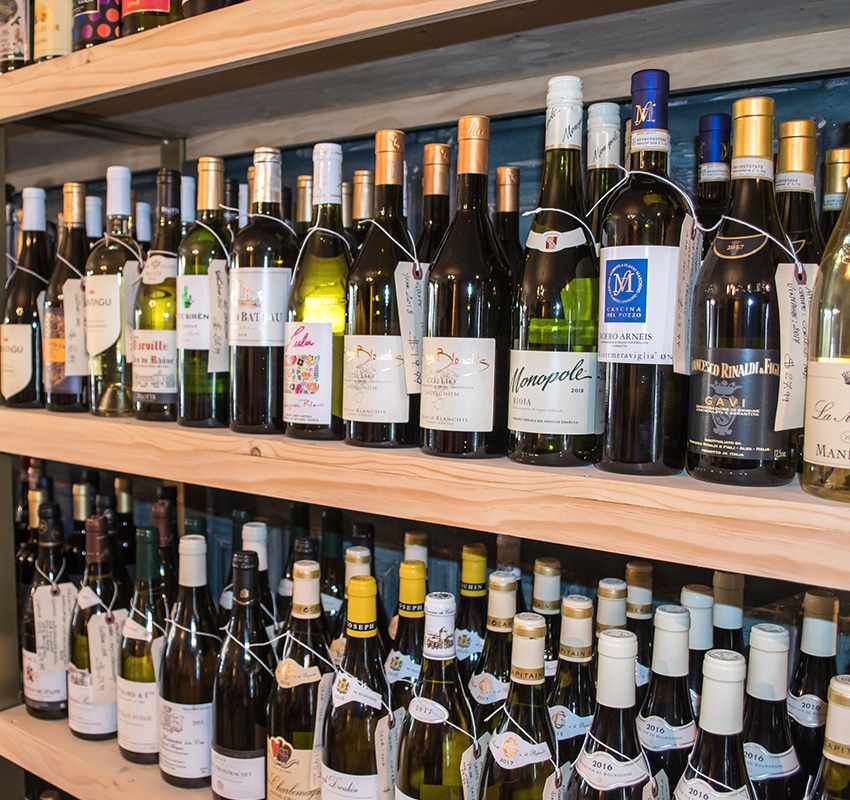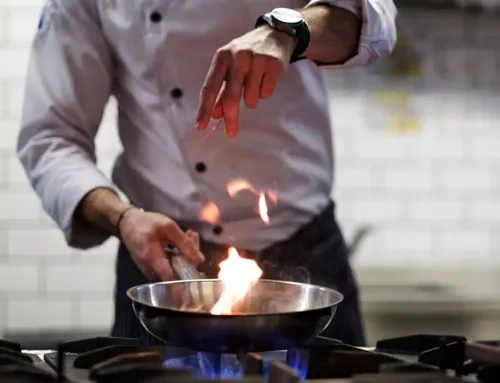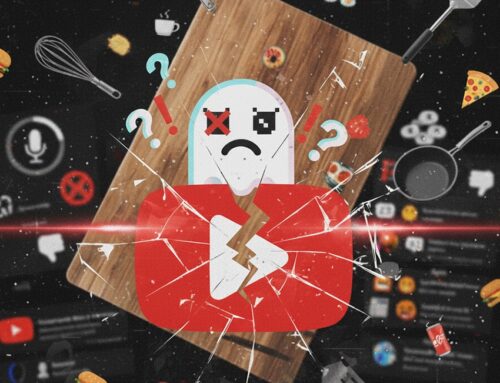Best Wine Marketing Campaigns
As competition in the world of wine marketing has grown more intense, brands have been forced to employ creative and successful strategies as a means of achieving customer loyalty. This article will highlight some outstanding wine marketing campaigns that used storytelling tactics in their media presence, as well as tapping into social media platforms and cutting edge technology, to show how these best practices are used to connect with consumers and increase sales.
Key Takeaways
- By using advanced marketing techniques like influencer partnerships, social media involvement, and packaging that tells a story, wineries may build a loyal customer base.
- To offer a better client experience, make use of innovative technologies like augmented reality experiences, chatbots, and AI support.
- Focus on sustainable initiatives and engaging digital natives to capture the attention of eco-conscious millennial wine drinkers.
Innovative Wine Marketing Strategies
Wineries have had to come up with innovative ideas to get their goods and services noticed due to the constant influx of marketing content. Companies in the wine sector use a number of tactics that have proven to be particularly successful, including using packaging that tells a story, engaging with customers on social media platforms, and collaborating with influencers.
Implementing these tactics can help establish authentic relationships between wineries and their viewers which generates a loyal base of supporters.
1. Storytelling Through Packaging
When it comes to wine marketing, the influence of storytelling cannot be overemphasized. The use of unique and creative packaging designs that tell storytelling based on a brand’s history can help capture customers’ attention, arouse their emotions, and influence them to make purchases. For instance, Pippin Hill Farm uses its packing design to articulate how desirable their event venue is. Urging customers to find out more information about their product. For firms like these to continue to be successful in this industry, wine marketing must use storylines that speak directly to consumers because doing so will only deepen customer ties.
2. Social Media Engagement
Wineries are taking advantage of digital spaces to increase engagement with their wine brand. Through social media, brands create original content that reflects their values and personality in order to generate loyalty amongst customers as well as build a community around the business. For instance, Silver Oak Cellars has grown its Instagram account by 50k followers through marketing tactics on visual platforms such as Instagram and Pinterest. It shows that these strategies help form deeper connections between wineries and audience members alike for increased success in this space
3. Influencer Collaborations
Influencer marketing is a powerful tool that wineries may use to build relationships with prospective clients and reach new audiences. Brands will be able to expand their reach while gaining the trust of both current and potential customers by teaming up with experts on wine, food, or lifestyle topics who are aware of their brand identity.
Raquel Royers of Clos Du Val vintners is confident this approach allows the business to create meaningful connections leading towards increased sales from new patrons.
Embracing Technology in Wine Marketing
In the increasingly competitive wine market, wineries must stay up to date with modern marketing technology in order to create an enhanced customer experience and build a loyal brand following. We’ll explore three key trends for leveraging tech-driven promotion: augmented reality experiences, chatbots powered by AI, and tailored advice systems. Using these tools enables vintners to not only generate sales but also strengthen their wines’ visibility, all of which can elevate loyalty within their labels.
1. Augmented Reality Experiences
Wine brands have a chance to make meaningful connections with consumers at virtual events using augmented reality (AR). By combining the real world and digital experiences, AR helps create memorable moments that ultimately add value to the consumer journey. For instance, Dotfarm’s Virtual Sommelier leverages 3D scanning technology in order to propose wines based on the user’s setting and state of mind, delivering an exceptionally personalized interaction for attendees.
2. Chatbots and AI Assistance
In the wine industry, marketing strategies are being greatly impacted by chatbots and AI technology. For instance, JaM Cellars has a website that engages its audience in dialogue while providing tailored wine suggestions based on what customers prefer. Utilizing these tools to automate customer service is making for an effective and seamless experience. Improving overall satisfaction with brands as well as boosting sales figures. With the help of such innovative solutions, businesses within this sector can gain increased visibility among potential buyers who have not yet tried them out or heard about them before!
3. Personalized Recommendations
Wineries are using personalized recommendations to better tailor their marketing campaigns based on customer data. This helps ensure they reach an audience that will be receptive and potentially increase sales in the long run. As an example, GeoStrategies offers a platform where wineries can analyze existing client information for markets with comparable demographics and interests – making it easier to fine-tune promotional efforts while still achieving maximum return on investment. By utilizing such technology, wine brands have the potential to amplify their strategies as needed without sacrificing results from earlier successful approaches.
Wine Brands Targeting Sustainability and Social Causes
As customers become aware of the environmental and social impact, wine brands that focus on sustainability can create a competitive edge by attracting eco-minded buyers.
We will look at three areas for these types of brands: design of their labels, charitable collaborations, and organic or biodynamic wines. These topics are essential to reach people who value sustainable practices when buying wine products.
1. Eco-friendly Packaging
Sustainable wine marketing should include eco-friendly packaging, such as the use of recycled materials or biodegradable products. This not only minimizes environmental impact but also attracts conscious customers to a brand’s product range. Winery A and B are notable examples of this technique, they have gained popularity among buyers due to their successful campaigns in implementing sustainable solutions within their packages.
2. Charitable Partnerships
Wineries can improve their brand identity and earn customer approval by supporting charitable causes, such as donating profits to charity or sponsoring local activities. A great example of this is Chateau Ste. Michelle’s successful collaboration with Seattle Children’s Hospital raised over $2 million for the hospital- showcasing how beneficial these partnerships are in increasing brand recognition and loyalty. Wine brands can support their communities while also demonstrating a commitment to social issues by establishing a positive reputation through philanthropic activities.
3. Organic and Biodynamic Wines
In the current market, wines that are organic and biodynamic have become increasingly popular among consumers who want a more natural choice. Without artificial fertilizers or chemicals, these sorts of drinks present an eco-friendly option compared to other commercially available offerings. Wineries that prioritize sustainable practices like this gain loyalty from their green customers while also setting themselves apart from competing brands. Making them well-placed for success in the long term marketplace. Wine drinkers can feel secure knowing they are buying into quality as well as sustainability when choosing organic and biodynamic vintages!
Millennial Wine Drinkers: Marketing to a New Generation
The wine industry must adapt its marketing techniques to capture the attention of millennial consumers. For this new generation of wine drinkers, there are three main strategies that can be used:
- Authenticity and honesty are essential
- Experiential events for direct engagement with customers
- Using digital media platforms as a way to create connections
These approaches will help build strong relationships between brands in the market sector and their loyal customer base made up mostly of millennials who enjoy drinking wine.
1. Authenticity and Transparency
Authenticity and transparency in marketing are a must when striving to build trust among millennial shoppers. Creating customer links through storytelling will go far in establishing loyalty with this demographic.
Winery C exemplifies how utilizing consumer insights, along with transparent promotions can lead to great success in terms of sales and engagement. Making it a perfect example for businesses seeking comparable results by adopting transparency in their advertising.
2. Experiential Marketing
Experiential marketing, such as social events and offering free tastings, allows wine brands to make a connection with millennial consumers by providing engaging experiences. Customers are left with lasting impressions of the company due to these special opportunities, which promote customer loyalty. Wineries A & B have implemented effective strategies leveraging experiential marketing that has not only connected them to their target audience but also driven sales up substantially. An example of this is creating enjoyable activities or memorable moments when customers interact with the product itself on these special occasions that will stay in people’s minds long-term, leading ultimately to increased awareness about specific brands amongst its potential customer base.
3. Digital Natives
Targeting digital natives, winery C has been successful in utilizing digital marketing strategies to increase engagement and drive sales. Wine brands now have the ideal opportunity to interact with millennial drinkers through social media channels like online reviews and influencer relationships, establishing deep bonds that can eventually inspire brand loyalty. Since millennials are more likely than ever to be able to engage through an expanding variety of internet channels, it is essential for any company seeking to tap into a new audience of wine enthusiasts to use these channels appropriately.
Summary
In order to compete with other companies, unique marketing strategies are essential in the wine sector. Wineries can use social media platforms’ storytelling features in conjunction with technological advancements for sustainability and millennial consumer targeting to better connect with customers and increase growth possibilities. Wineries A through E have already had success using these strategies giving valuable insights that could help other businesses come out ahead within this field. As such, wine brands should take advantage of innovative ways to stand out from competitors while providing excellent customer experiences.











